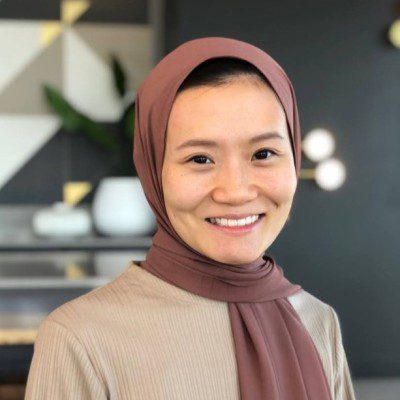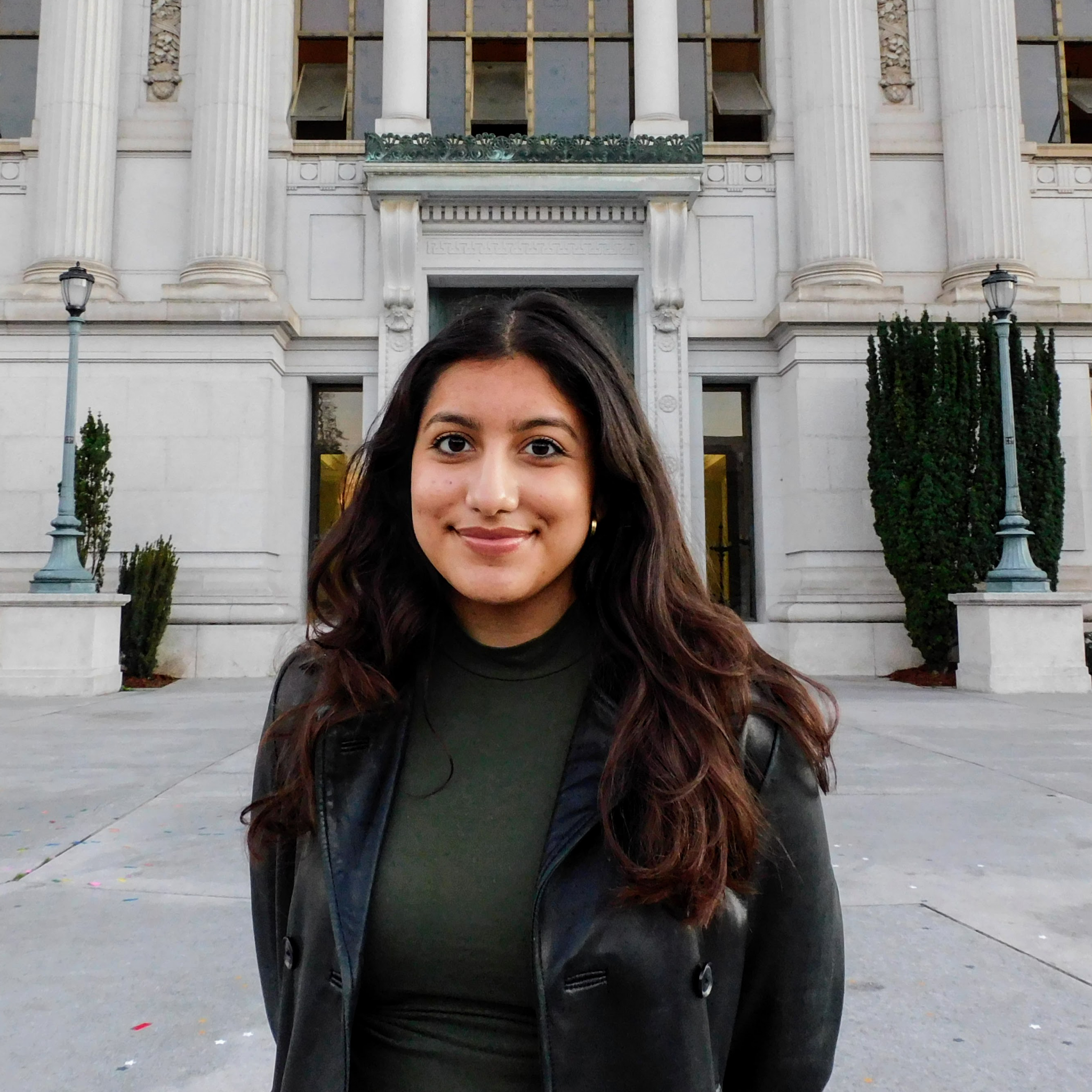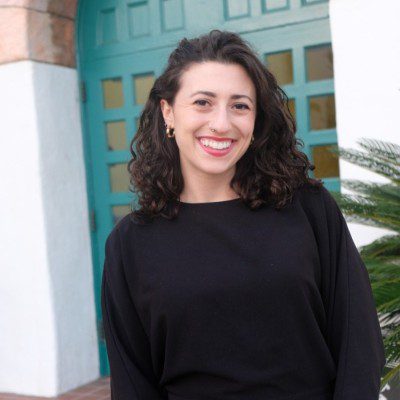Fung Fellowship: By the Numbers
Meet Our Fung Fellows!
Since its launch in 2016, the Fung Fellowship at UC Berkeley has cultivated an interdisciplinary community of undergraduate innovators who are reimagining solutions at the intersection of health, conservation, sustainability, tech, and social equity.
Rooted in equity-centered design and experiential learning, our fellows work on real-world challenges, develop innovative solutions, and build lifelong skills as leaders, creators, and collaborators. What began as a pilot program has evolved into a community with expanding reach, meaningful diversity, and lasting impact.
Learn more about our current cohort as well as stats about our Fung Fellowship alumni below.
Student Demographics
Our fellows are students, designers, and builders, and they represent different racial, ethnic, gender, and social identities. Together, they create a vibrant, inclusive community that drives innovation with empathy and purpose.

- Identity Groups: Over half (53%) identify as BIPOC, with many also being first-generation college students (26%), and over a quarter are transfer students (25%). The community also includes LGBTQIA+ members (18%), DSP students (12%), and veterans (4%).
- Residency: Most join us from California (74%), while others bring experiences from across the country (13%) and the world (14%).
- Gender Demographics: 70% of our fellows identify as women, 27% as men, and 3% as nonbinary.

Academic Backgrounds & Majors Represented
Fung Fellows come from across UC Berkeley, representing a wide range of academic backgrounds, disciplines, and interests. These visuals highlight the diversity of majors and colleges that shape our community.
The Fung Fellowship brings together students from across 117 UC Berkeley majors, representing nearly 60% of all majors on campus, with 29% of Fellows pursuing two or more majors.
Within the Fellowship, STEM fields make up 61%, while 34% are Social Sciences and 5% Humanities.
Majors of Fung Fellows
Alumni Data
Fung Fellowship alumni continue to lead with purpose, applying the skills, values, and experiences from the program to careers in health, tech, engineering, design, and beyond. The data below offers a glimpse into their professional journeys, highlighting diverse paths our graduates take and the meaningful work they continue to pursue.
Among those entering the workforce, Fellows are contributing across many sectors. Looking at where Fellows go after graduation, Engineering and Health stand out as the top career destinations, together accounting for nearly 40% of alumni. Others have pursued careers in Sustainability and Conservation (9%) and Tech (8%), while many are shaping ideas in Marketing and Communications (7%) and Design (6%). Additional paths include Consulting, Finance, and Data Science (5% each), as well as roles in Higher Education, Research, the Public Sector, Nonprofits, Startups, and even Humanities and Arts.
Roles by industry/field:
- Engineering (20%) – roles focused on building and developing physical systems, products, or infrastructure.
Examples: Mechanical Engineer, Electrical Engineer, Field Engineer, R&D Engineer, Data Engineer, Systems Analyst, etc. - Health (19%) – roles centered on care, research, and support in medical or health settings.
Examples: Clinical Research Coordinator, Research Assistant, General Surgery Resident, Medical Assistant. - Sustainability and Conservation (9%) – roles driving environmental impact and resource management.
Examples: Sustainability Consultant, Environmental Scientist, Sustainable Agriculture, Land Architecture Designer/Planner, and Water Technician, etc. - Tech (8%) – software and digital-focused roles within technology companies or teams.
Examples: Software Engineer, Product Manager, Front‑End Developer, etc. - Marketing and Communications (7%) – creative and outreach roles that build messaging and branding.
Examples: Marketing Project Manager, Communications Intern, Social Media Manager, etc. - Design (6%) – roles dedicated to product, experience, or visual design.
Examples: Product Designer, Design Consultant, Graphics Reporter, UX Designer, etc.
Following graduation, alumni outcomes highlight a diverse range of journeys, with Fellows continuing to make their impact in industries that drive innovation, social good, and meaningful change.
Of all alumni, 113 Fellows (about 19%) have pursued post‑graduate education, while 421 Fellows (about 70%) have moved directly into the workforce. Those who have earned or are continuing to pursue advanced degrees are distributed across the following areas:
-
Grad School:
• 36% — MS or MA
• 18% — MD
• 18% — PhD
• 1% — MEng
• 1% — MFA -
Professional School:
• 12% — MPH or other healthcare degrees (DPM, DVM, MHA)
• 6% — JD
• 6% — MBA
• 2% — MCP/MArch
• 1% — MPA










